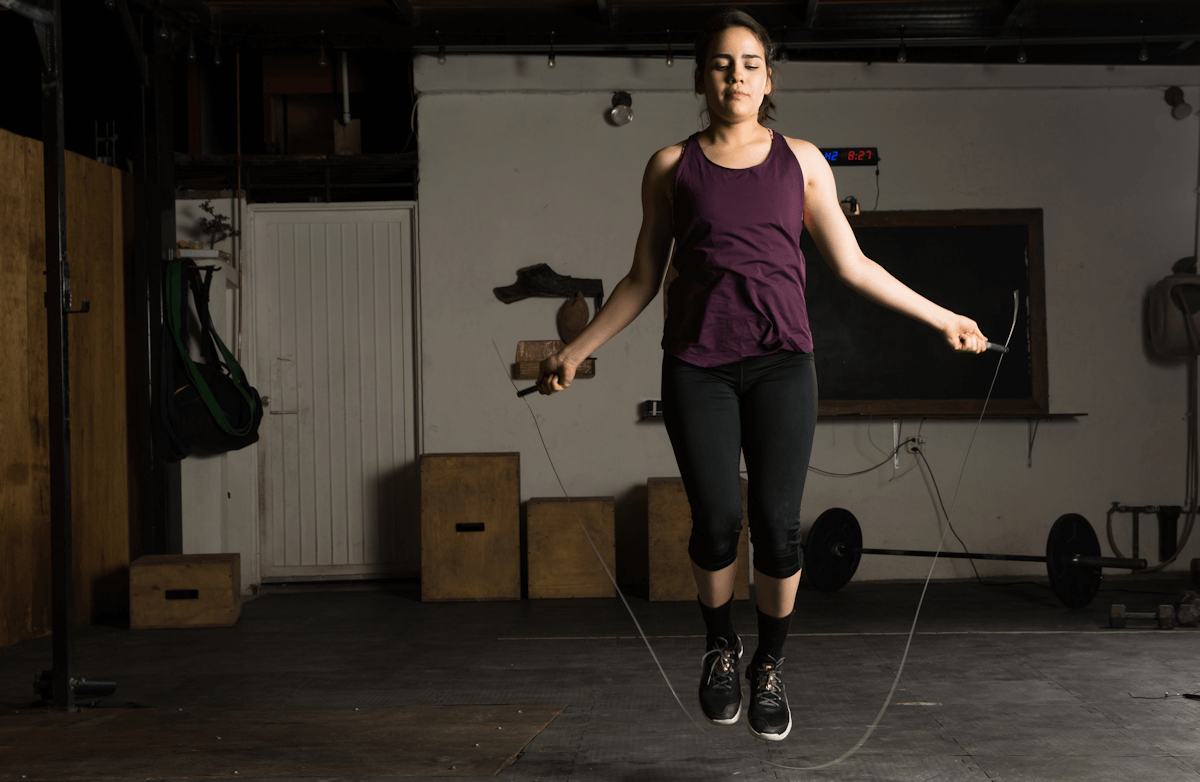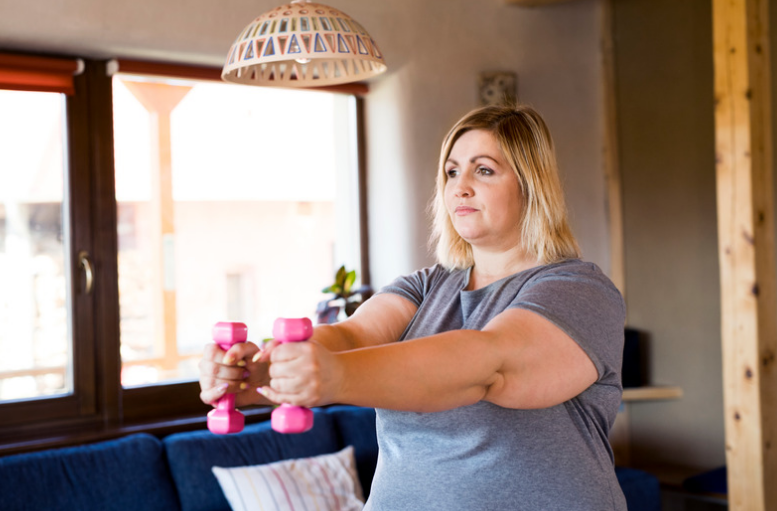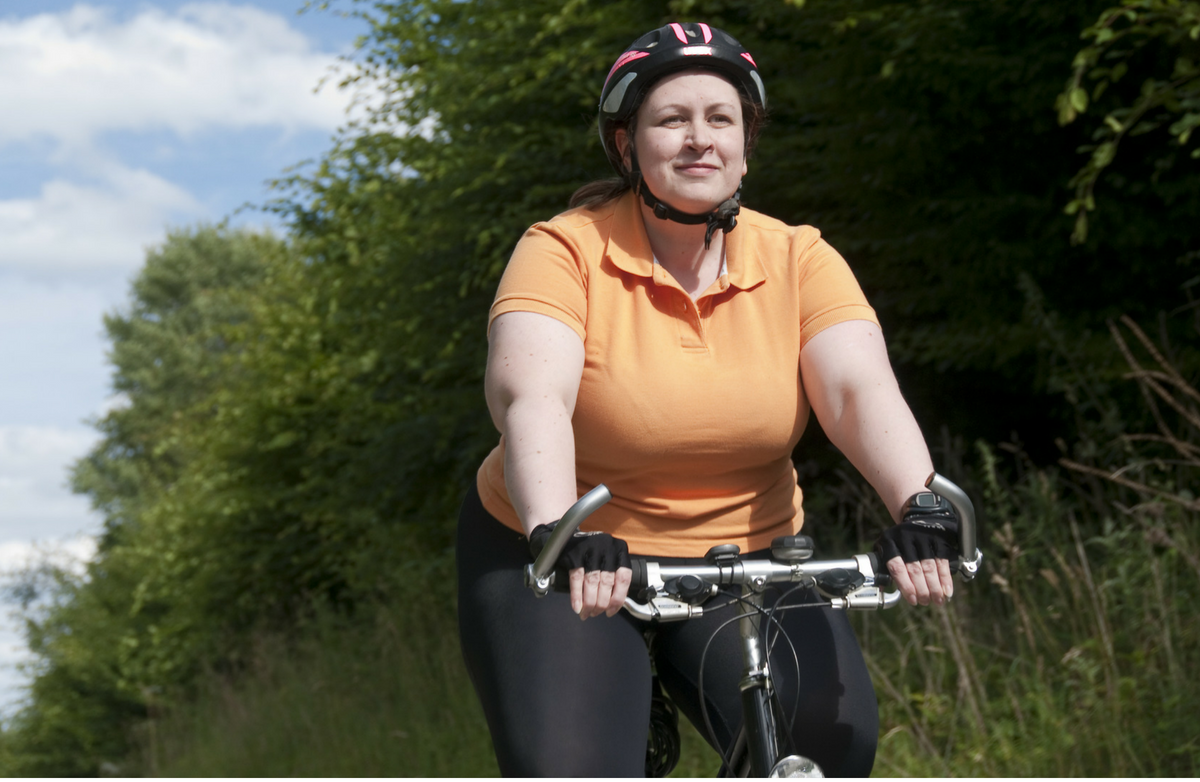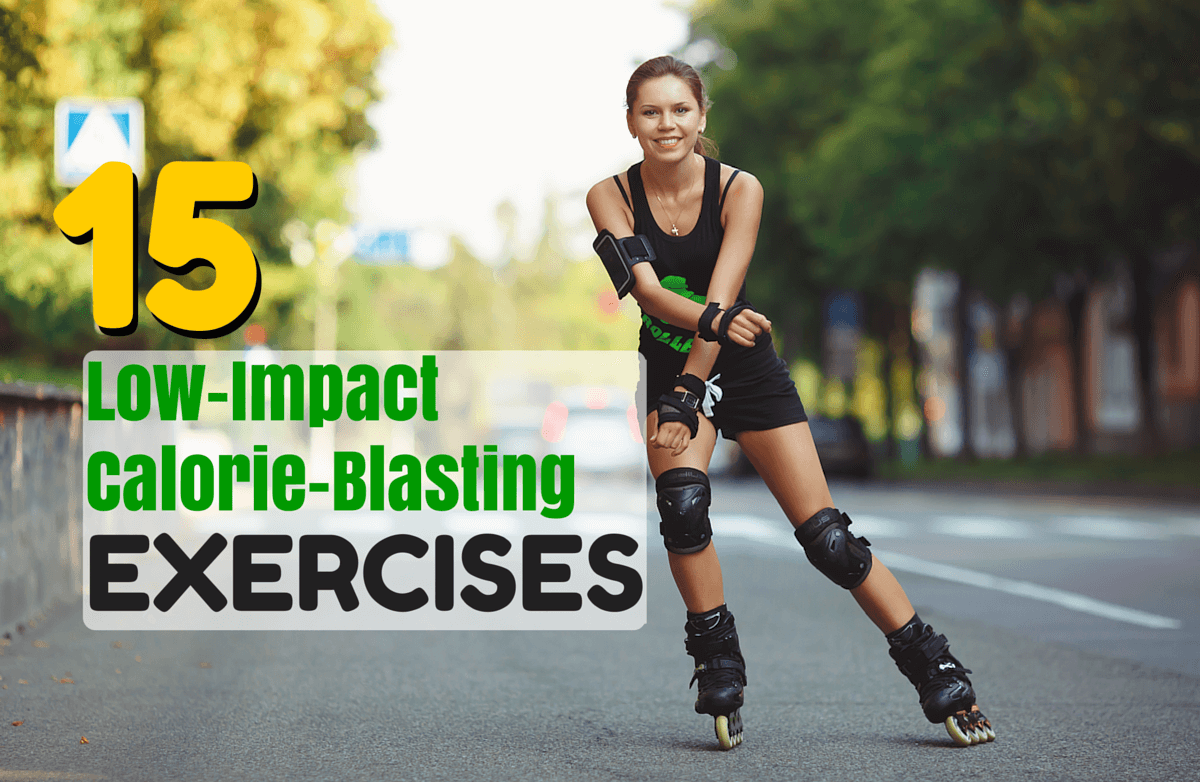When most people think about losing weight, high-intensity workouts often come to mind—sprinting, HIIT circuits, or exhausting bootcamp classes. While these workouts are effective, they’re not the only path to weight loss. In fact, low-intensity exercise can be just as beneficial—especially for long-term success.
What Is Low-Intensity Exercise?
Low-intensity exercise is physical activity performed at a comfortable pace, where your heart rate is elevated but you can still hold a conversation. Examples include:
-
Brisk walking
-
Light jogging
-
Leisurely cycling
-
Swimming at a gentle pace
-
Yoga or Pilates
These exercises are often referred to as “fat-burning” activities because they rely more on fat for energy than high-intensity exercise does.
How Low-Intensity Exercise Supports Weight Loss
1. Burns Calories Without Overwhelm
Even at a lower intensity, consistent movement adds up. A 30–60 minute walk several times per week can burn hundreds of calories, contributing to a calorie deficit—the foundation of weight loss.
2. Promotes Fat as Fuel
Low-intensity exercise uses a higher percentage of fat for energy compared to high-intensity exercise, which relies more on carbohydrates. Over time, this can improve your body’s ability to mobilize and burn stored fat.
3. Supports Sustainability
One of the biggest challenges in weight loss is consistency. Low-intensity exercise is:
-
Less intimidating for beginners
-
Easier on joints and muscles
-
More enjoyable for many people
-
Less likely to cause burnout
Because it’s easier to stick with, it supports long-term habits, which are critical for lasting weight loss.
4. Reduces Stress and Supports Recovery
Low-intensity movement stimulates the production of endorphins without creating excessive stress on the body. This is particularly important because high stress and overtraining can actually hinder weight loss by elevating cortisol levels and affecting sleep and appetite.
5. Enhances Overall Health
Beyond weight loss, low-intensity exercise improves:
-
Cardiovascular health
-
Blood sugar regulation
-
Joint mobility
-
Mental well-being
This means even small amounts of movement can make a meaningful impact on your overall wellness.
Tips for Making Low-Intensity Exercise Work
-
Be consistent: Aim for 150–300 minutes per week, broken into manageable sessions.
-
Track your steps: Walking 7,000–10,000 steps per day is a simple way to incorporate movement.
-
Add gentle resistance: Light weights or bodyweight exercises can boost calorie burn without pushing intensity too high.
-
Pair with nutrition: Exercise alone rarely leads to significant weight loss—combining movement with mindful eating is key.
-
Listen to your body: Low-intensity doesn’t mean lazy—pay attention to posture, form, and steady effort.
Final Thoughts
Low-intensity exercise is often overlooked in the weight-loss world, but its benefits are undeniable. By prioritizing consistency, enjoying movement, and keeping stress low, you can create a sustainable approach to shedding pounds and improving overall health. Remember: slow and steady often wins the race.












.jpg)
